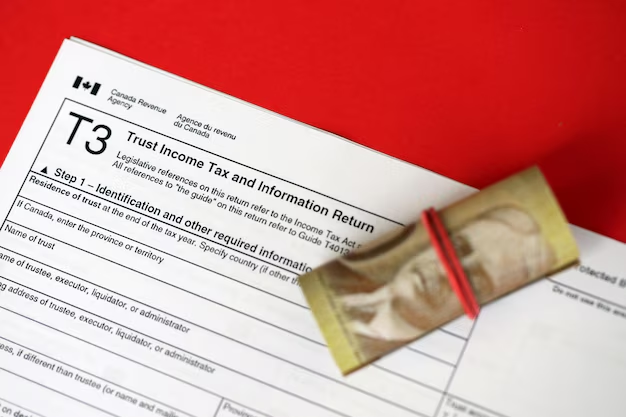Are WIC Benefits at Risk? Understanding Recent Changes and Your Financial Options
Amidst the swirl of political shifts and legislative changes, concerns often arise about the future of government assistance programs such as the Women, Infants, and Children (WIC) program. Rumors and news about policy changes can lead to uncertainty, particularly among families who rely on these benefits for essential nutrition. So, what's really happening with the WIC program, and how can families navigate financial changes effectively?
Assessing the Situation: Changes to WIC
Despite alarming headlines, the fundamental structure of the WIC program, administered by the U.S. Department of Agriculture (USDA), has remained intact. While various administrations, including that of former President Donald Trump, may propose budget cuts or prioritize different areas of spending, dismantling or significantly altering programs like WIC would require legislative action—something that is inherently complex and involves Congress.
Recent Concerns: During Trump's presidency, there were proposals to alter funding, but these did not result in the elimination of the program. It’s important to stay informed about actual legislative developments rather than speculated outcomes. Always verify information through reliable sources to understand how your benefits might be affected.
Government Aid Programs: Exploring Broader Financial Assistance
While concerns persist around specific programs, there are numerous other types of financial assistance available for families:
Supplemental Nutrition Assistance Program (SNAP): Offers food-purchasing assistance to low-income families, helping fill the gaps where WIC might not provide.
Temporary Assistance for Needy Families (TANF): Provides temporary financial assistance while helping families achieve self-sufficiency.
Child Tax Credit and Earned Income Tax Credit (EITC): Designed to reduce the tax burden on low-income families, potentially increasing refunds during tax season.
Understanding and exploring these options can significantly alleviate financial stress and expand access to vital resources.
Taking Control of Financial Health: Practical Steps
In addition to understanding available government aid, taking steps toward overall financial stability is wise:
Budget Planning: Develop a budget that prioritizes essential needs and identifies areas for potential savings.
Debt Relief Options: Consider seeking advice from credit counselors if debt is an issue, as consolidating or finding relief options can ease the burden.
Educational Opportunities: Look into grants or scholarships that can advance your education or job skills, potentially leading to better employment opportunities.
These strategies not only help address immediate needs but also provide a pathway toward long-term financial health.
Embracing Resources That Work for You
Navigating the complex world of financial assistance and government aid programs requires patience and perseverance. While reassessing WIC's positioning may cause concern, exploring broader financial solutions ensures families don't get caught off guard.
Financial Resources at a Glance
- 🥕 SNAP & WIC: Essential nutrition assistance programs for low-income families.
- 🏦 TANF: Financial support and work opportunities for families in need.
- 💲 EITC & Child Tax Credit: Reduces income tax for working families.
- 🎓 Educational Grants: Scholarships and funding for furthering education.
- 📊 Credit and Debt Counseling: Professional advice for debt management and consolidation.
By keeping updated on program statuses and expanding your financial toolkit, you empower yourself and your family to face economic uncertainties with confidence and resilience.
